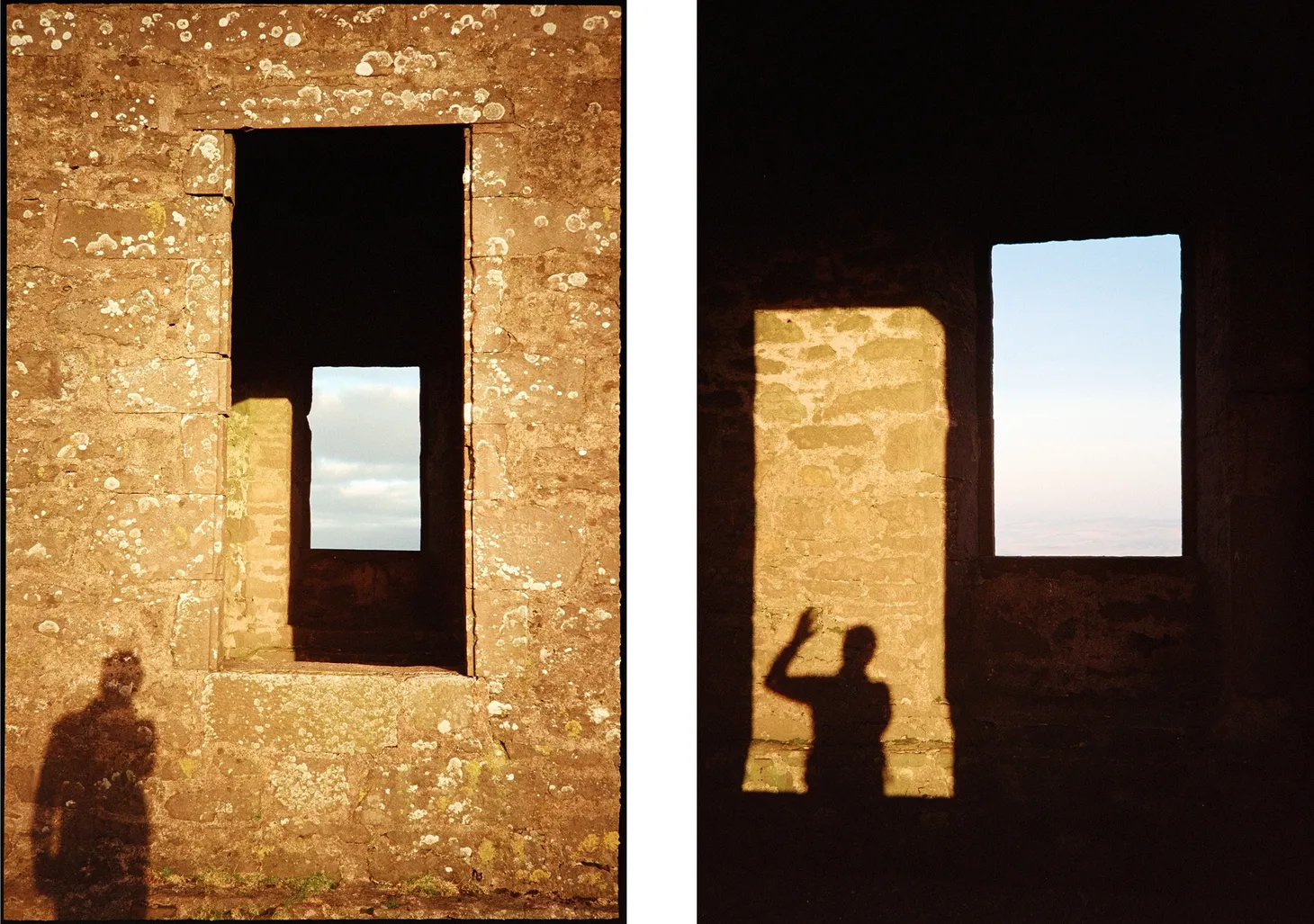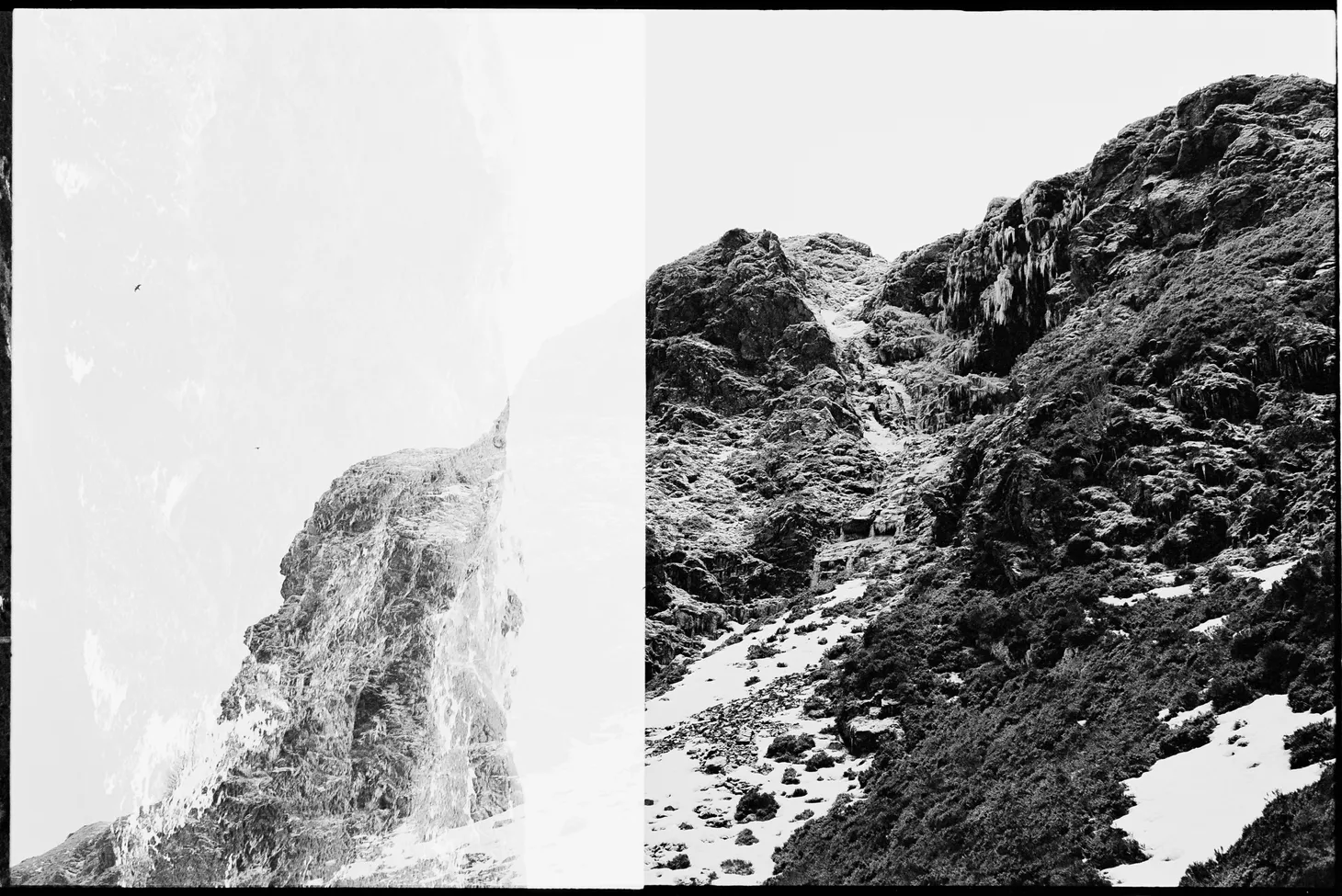Unplugged #13: Seminal moments outside, the invisible cost of staying dry, and romanticising Romanticism
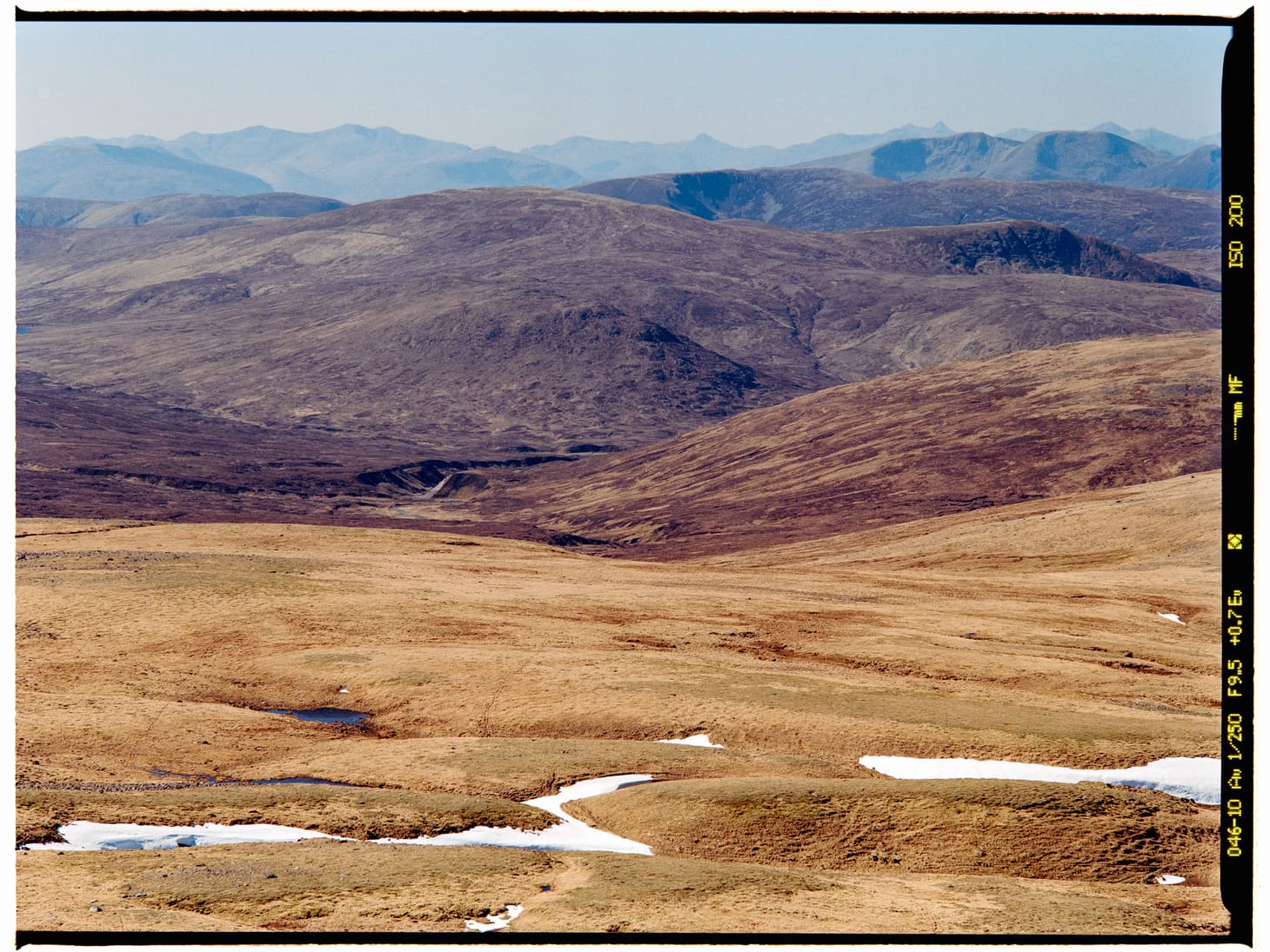
A few analogue adventure treasures from this week, plus a tweaked Unplugged format
Hello and welcome to the first issue of Unplugged published under this publication's new overall name on Substack, Alpenglow Journal. Confused? I'll have a new 'Building Alpenglow Journal' entry ready for you soon to address any questions, but for now I'll say that this is a step I'm hugely excited about.
I want to stop putting out Unplugged entries nudging 3,000 words, so that means no more appending a full blog post to each newsletter. In Unplugged I'm focusing on sharing nuggets of interest and value. The big reads will still be coming, don't worry – I'll just be keeping them separate from Unplugged.

From my desk
Working on right now
Today I've been working on some great stories for Like the Wind issue #45, and have just written my very first editor's note! Here's a sneaky preview:
Perhaps that’s why I’ll never tire of reading the stories of runners. These are stories of adventure, of relatable characters overcoming challenges in order to obtain the things they desire – and that’s something every story ever told needs at its core.
Recently published
In case you missed it, last week I posted the adventure film camera comparison no one asked for, comparing the Olympus Trip 35 to the Olympus XA2.
Upcoming
The date for my next talk has been confirmed! On June 19th, 2025, I'll be speaking at the Eleven41 Gallery, Kingussie, Scotland. The topic: the renaissance of analogue photography in the context of adventure storytelling. This event will be part of the Kingussie Festival of Words 2025 – keep an eye on their Facebook page for updates. I'll share more details when I have them.
Recently processed film images
Three April frames from Aberfeldy, Perthshire. Kodak Tri-X 400 on 120 film (645 format) shot on the Pentax 645nii. The two waterfall images used stacked ND and yellow filters to slow the exposure times. I rather like the lens flare in the second shot.
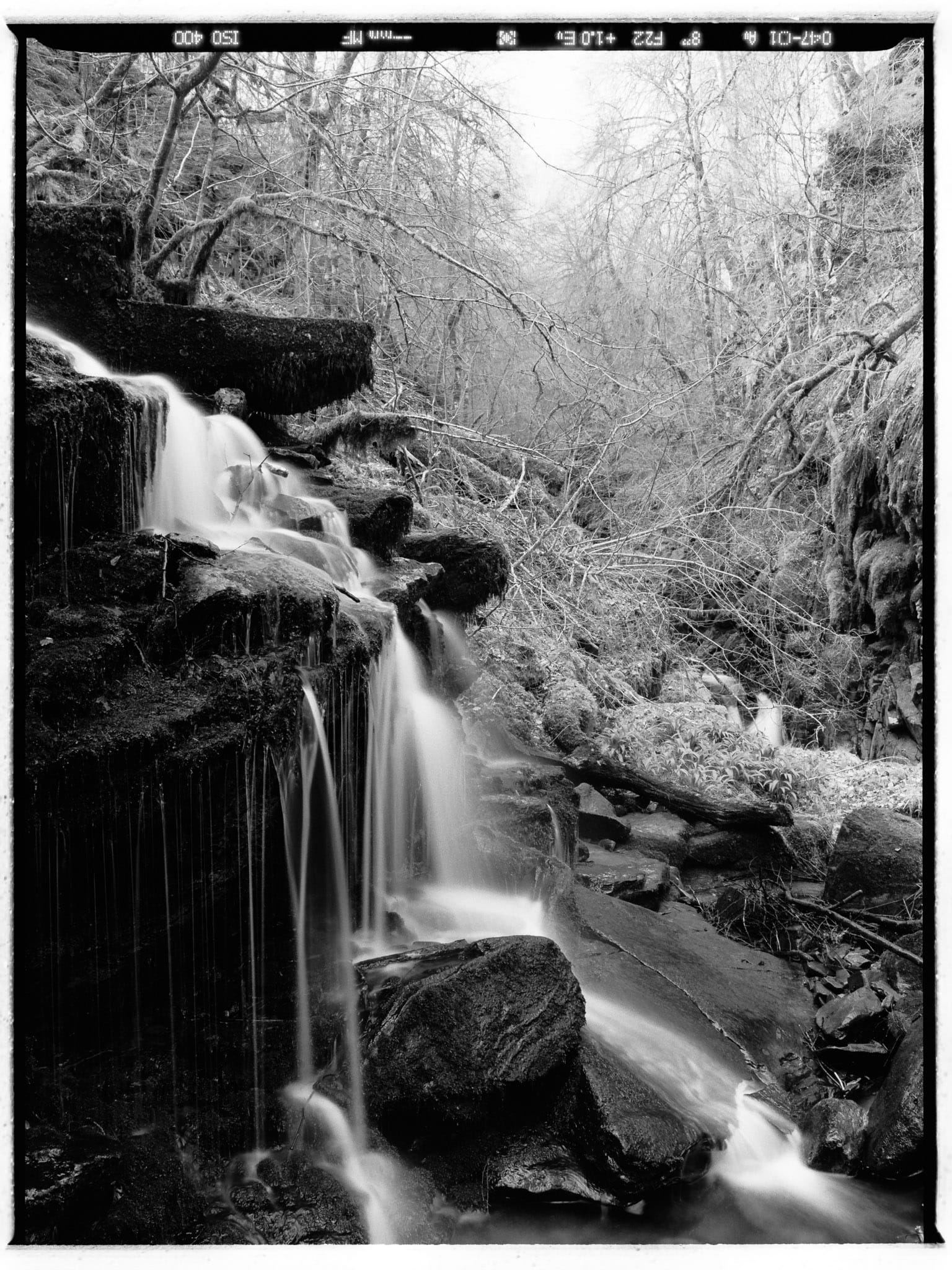
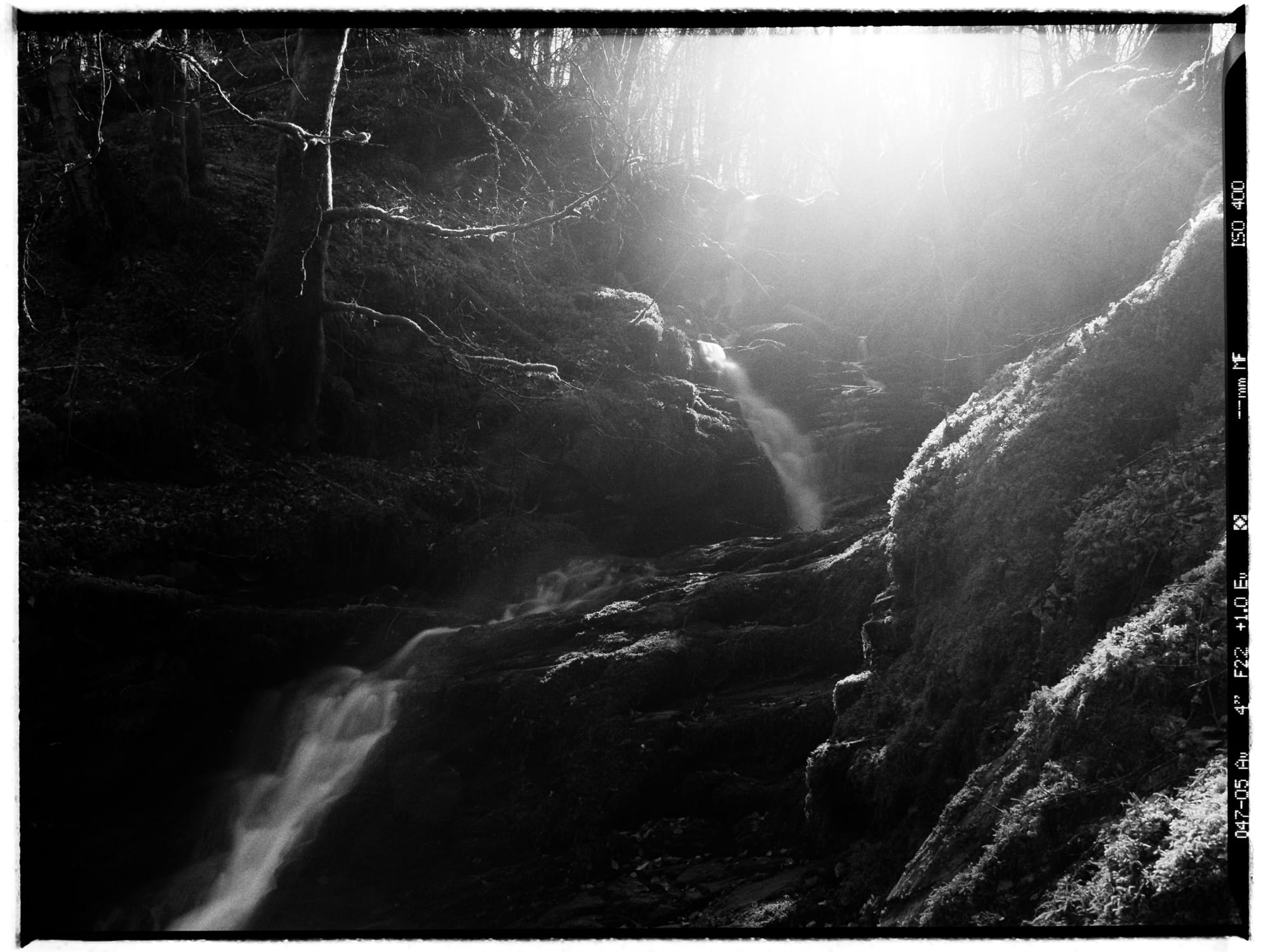
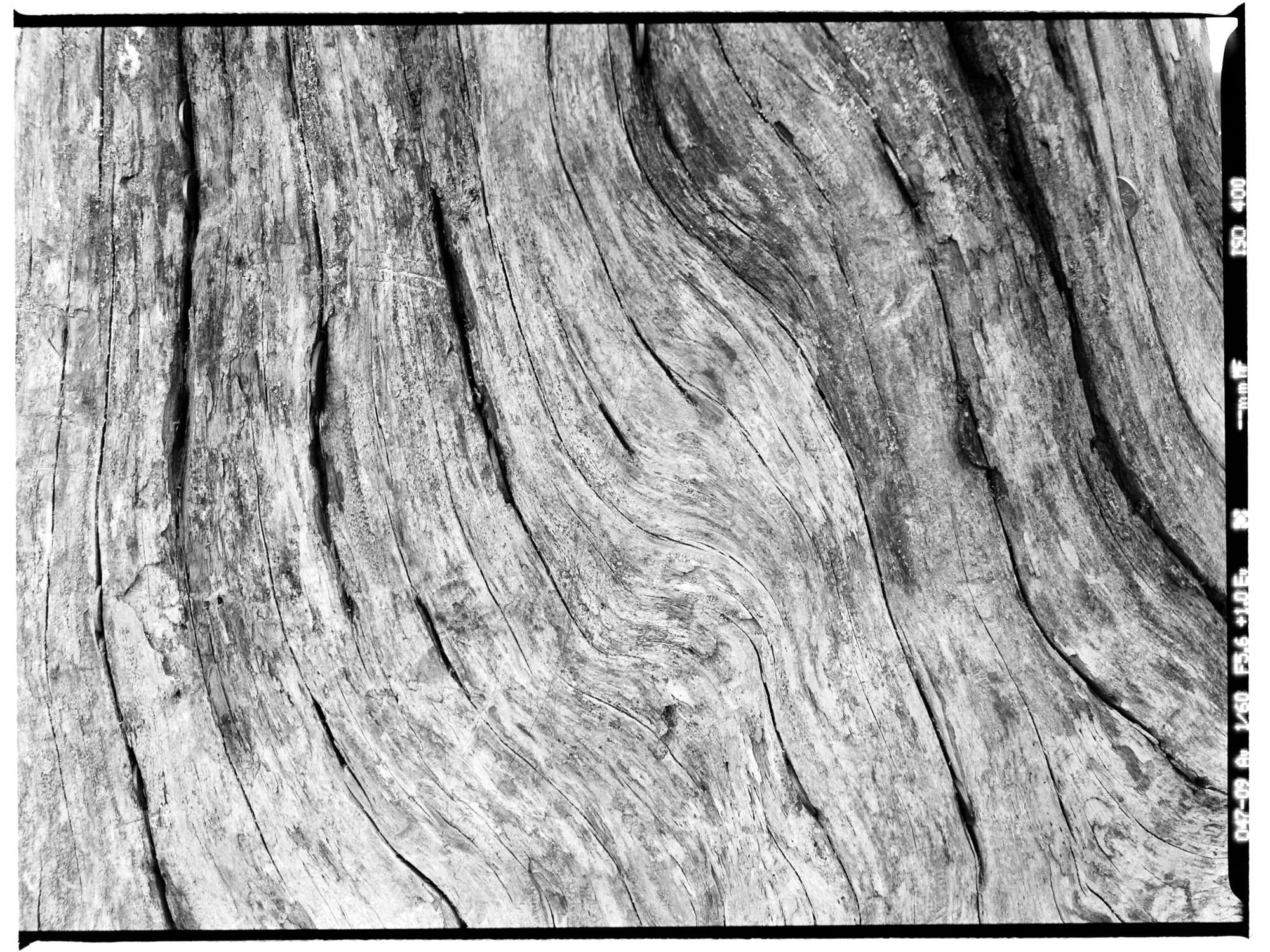
Dipping into the archives
I've been rummaging through my Lightroom folder from this month in 2020, which was a weird month – full of horror at the unfolding global situation, but the most vivid and intense springtime for nature I'd ever seen. I tend to store both personal images and random screenshots in Lightroom, and this juxtaposition made me smile.
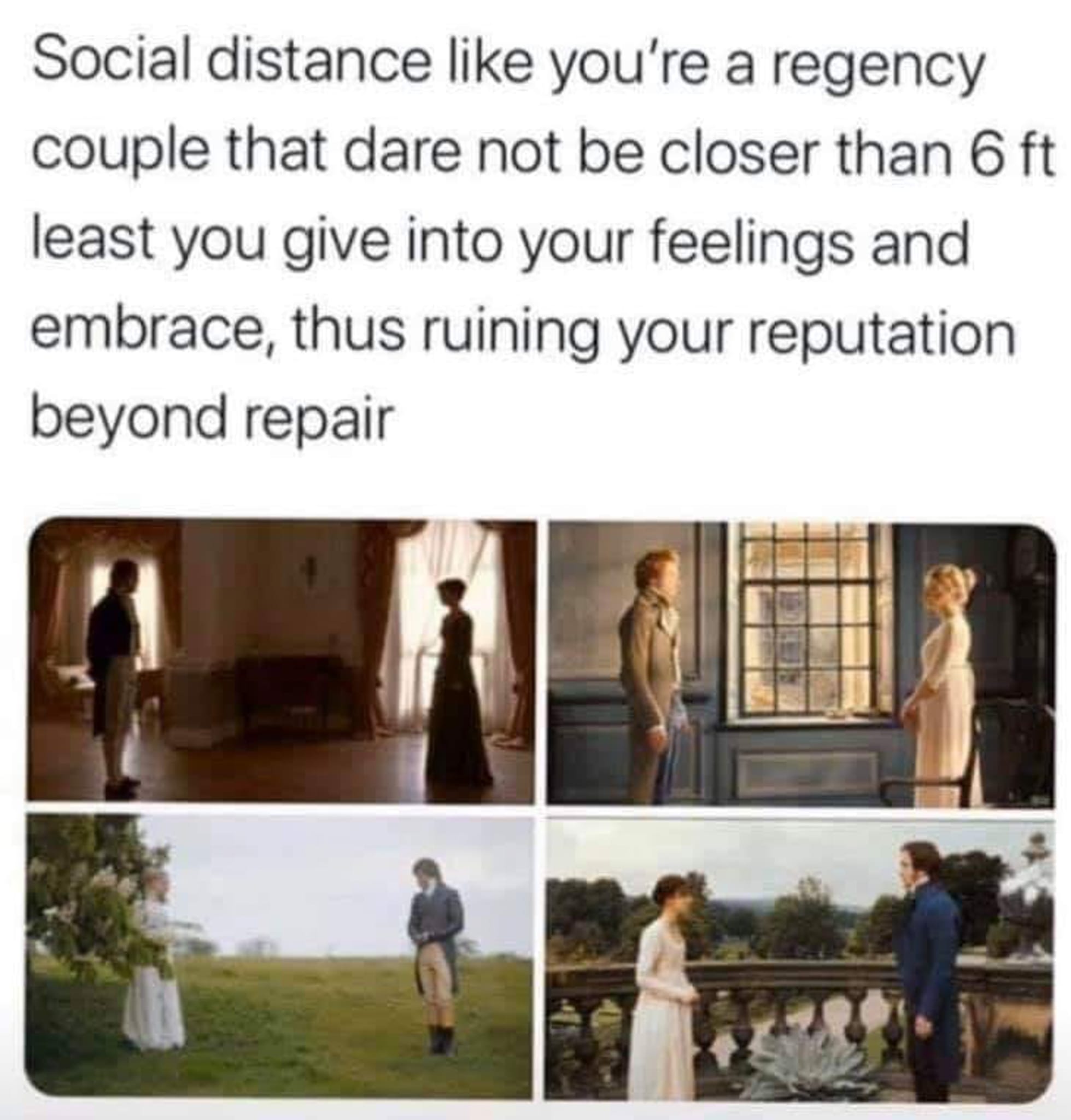
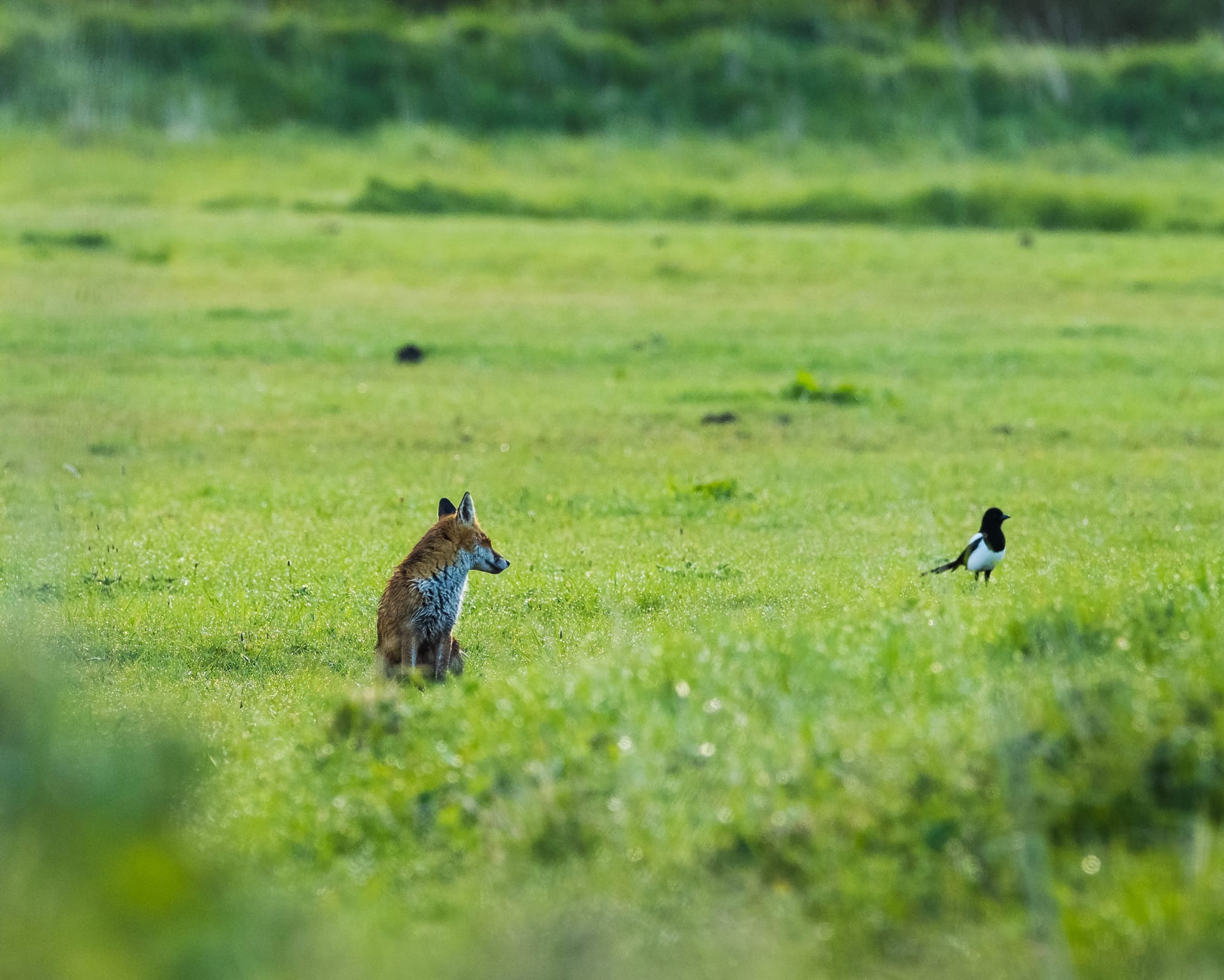
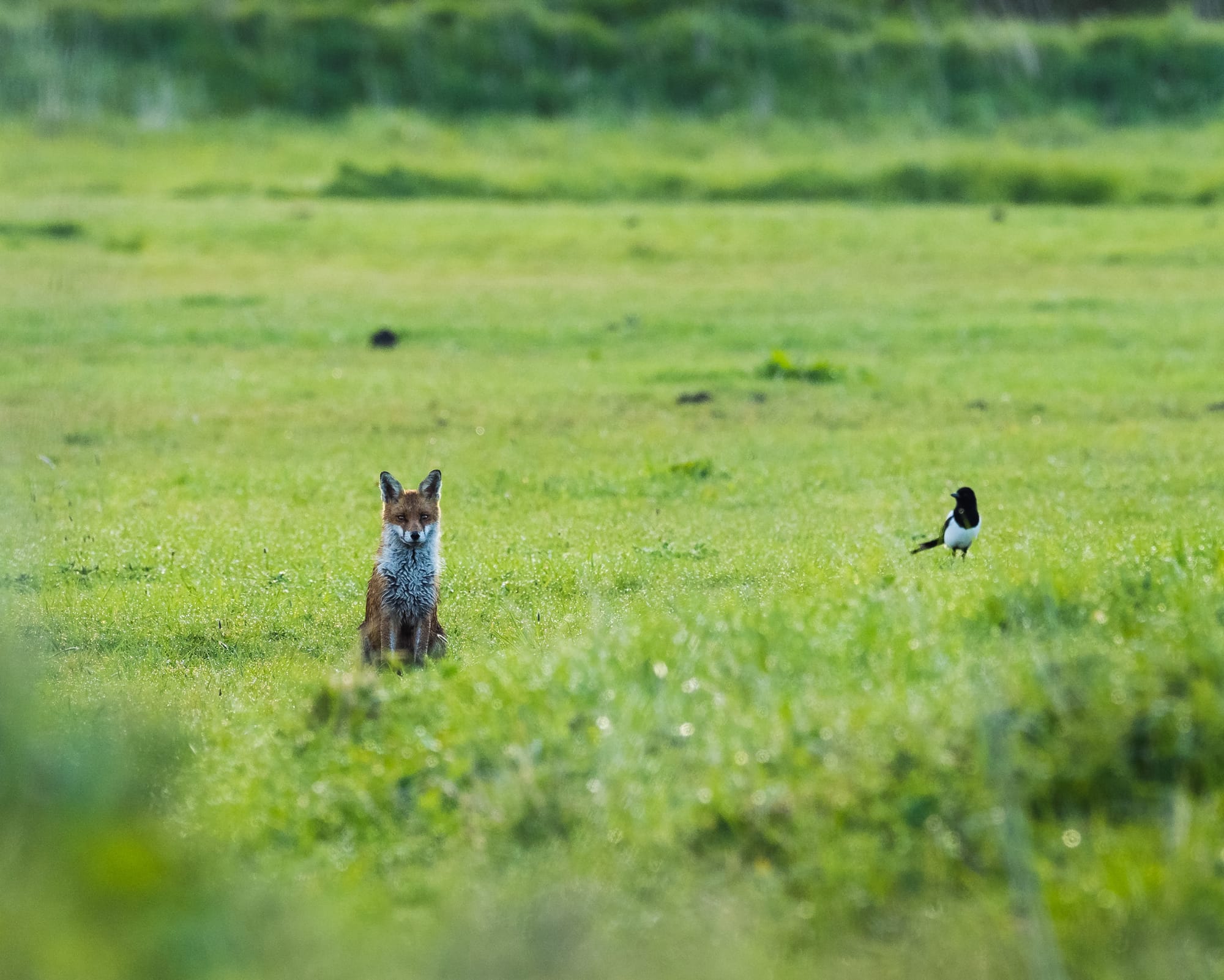

From my reading pile
Books
🏔️ On Foot in the Cairngorms, V.A. Firsoff
I picked this up in the Pitlochry second-hand bookshop over the weekend. It's one of those books I'll probably never read cover to cover, but I was attracted by the beautiful typography (is that the Albertus typeface I spot?), mid-century black-and-white mountain photos, and gorgeous art by the author.
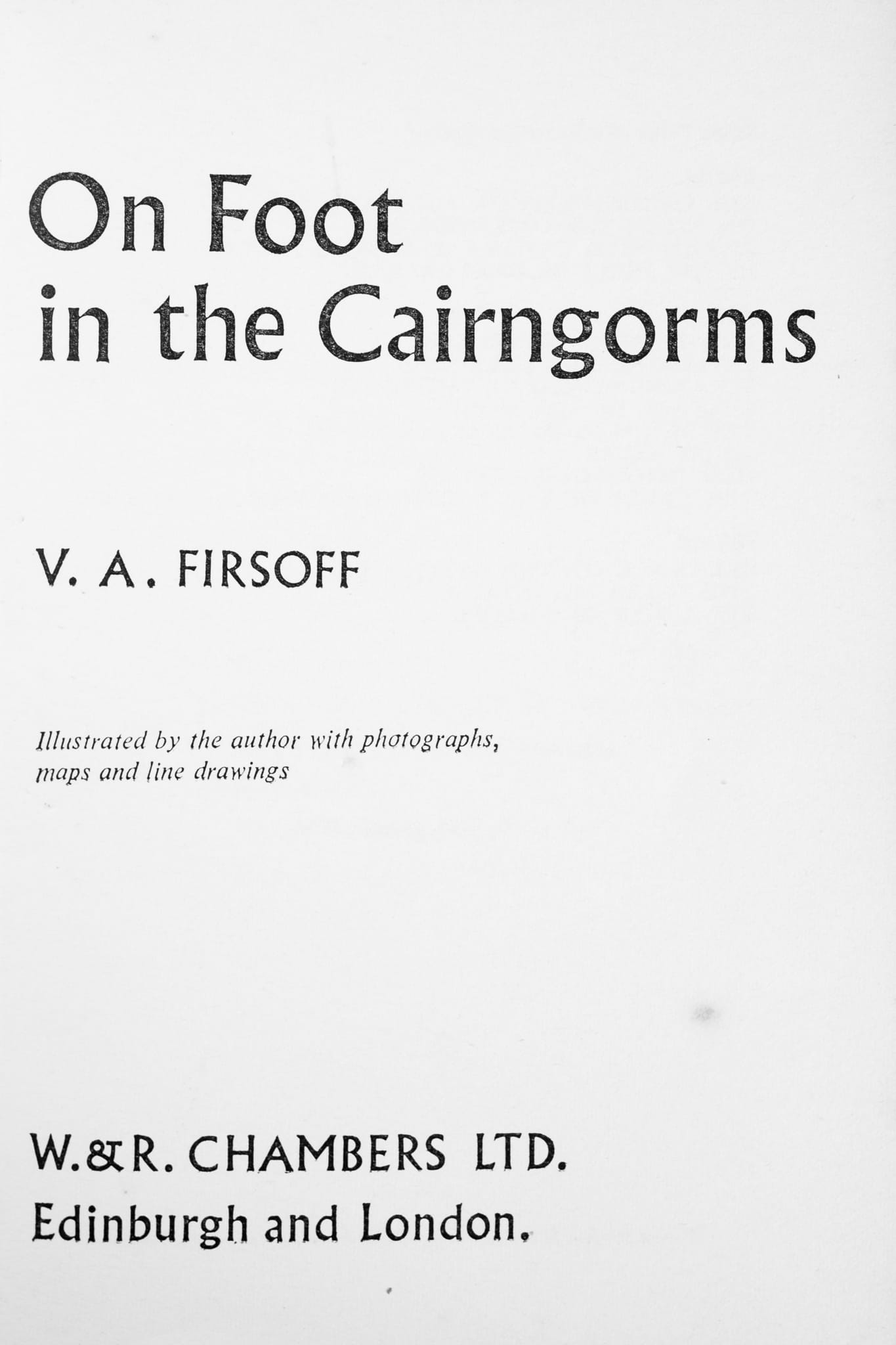
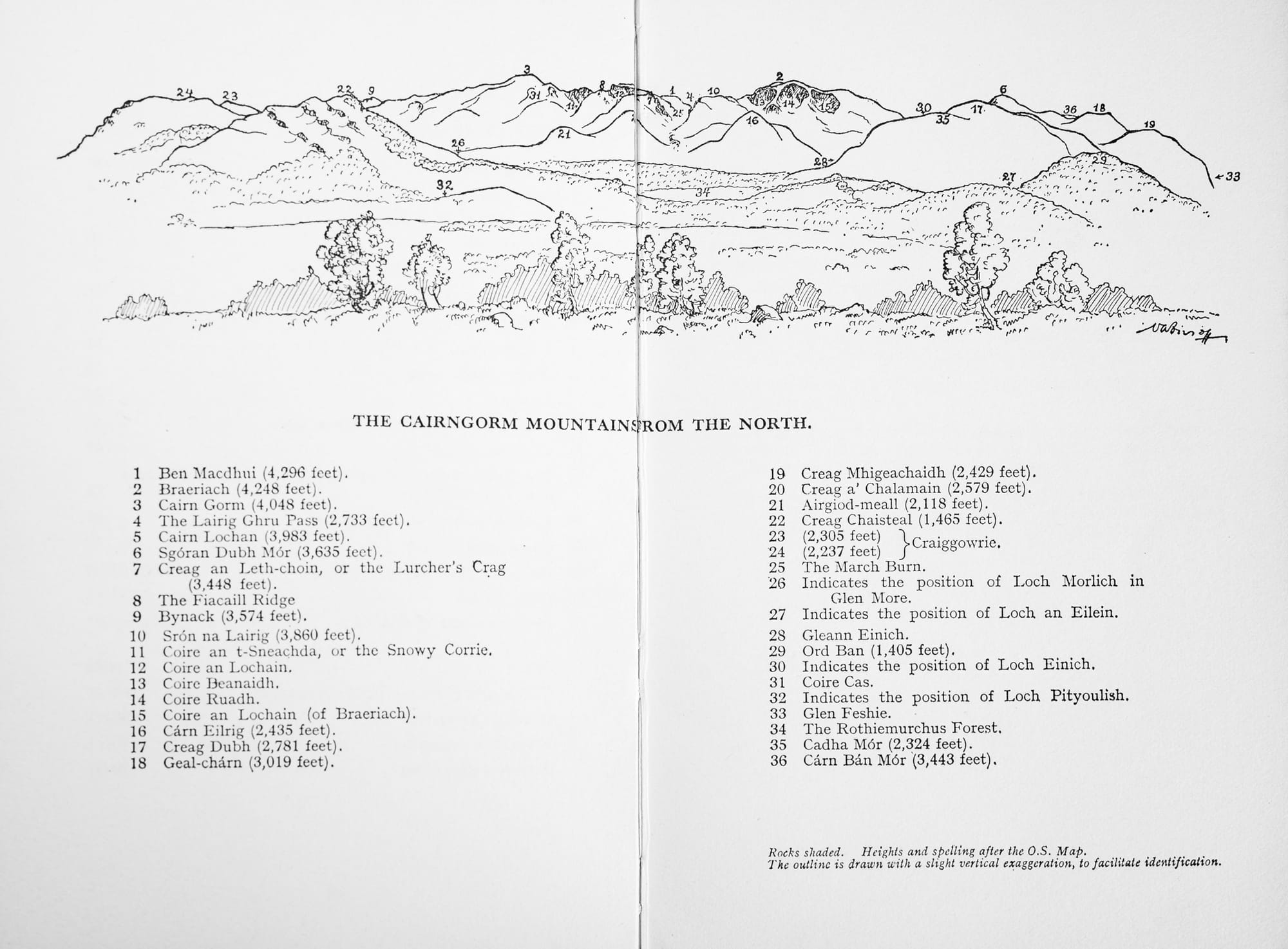
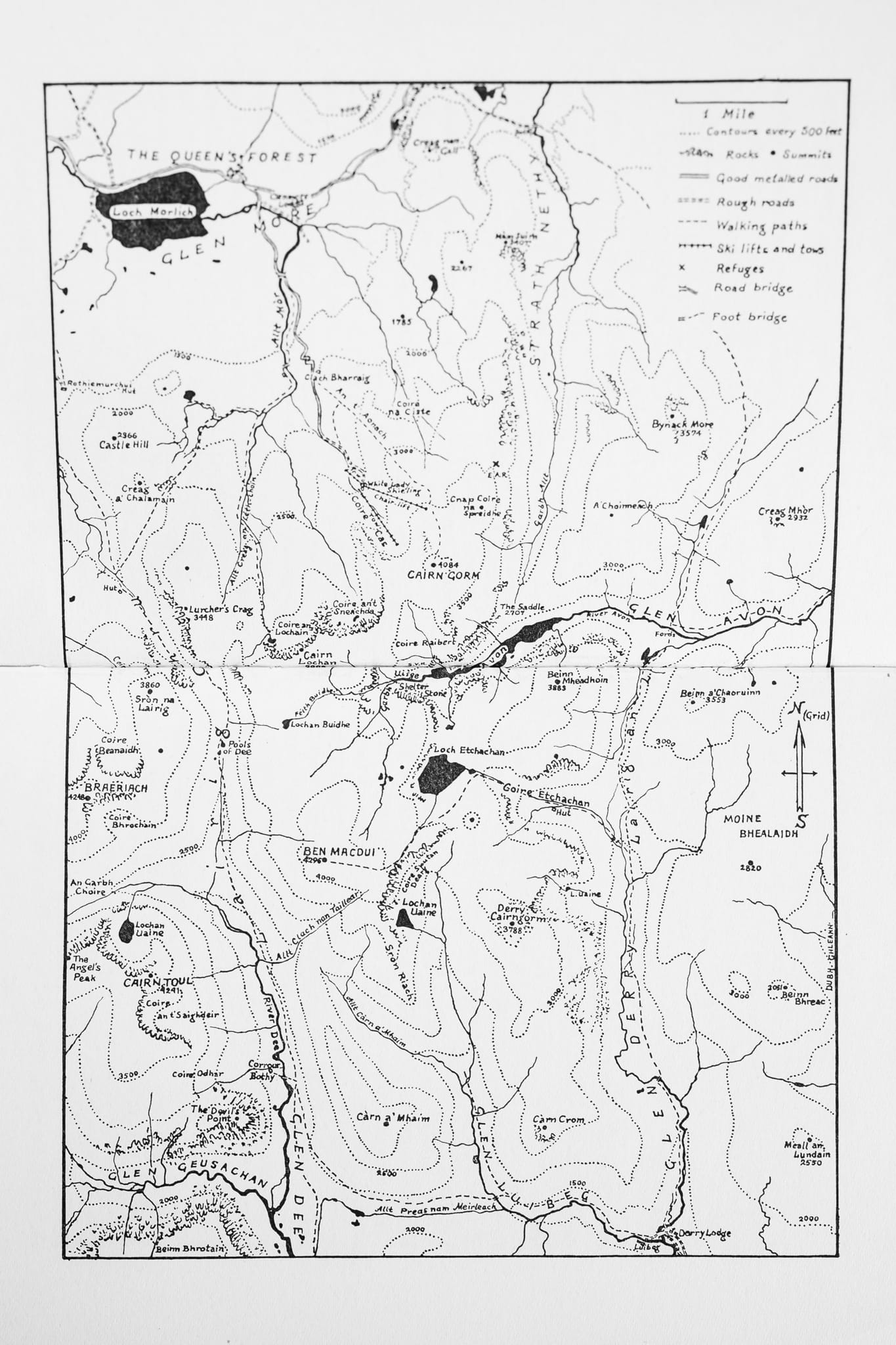
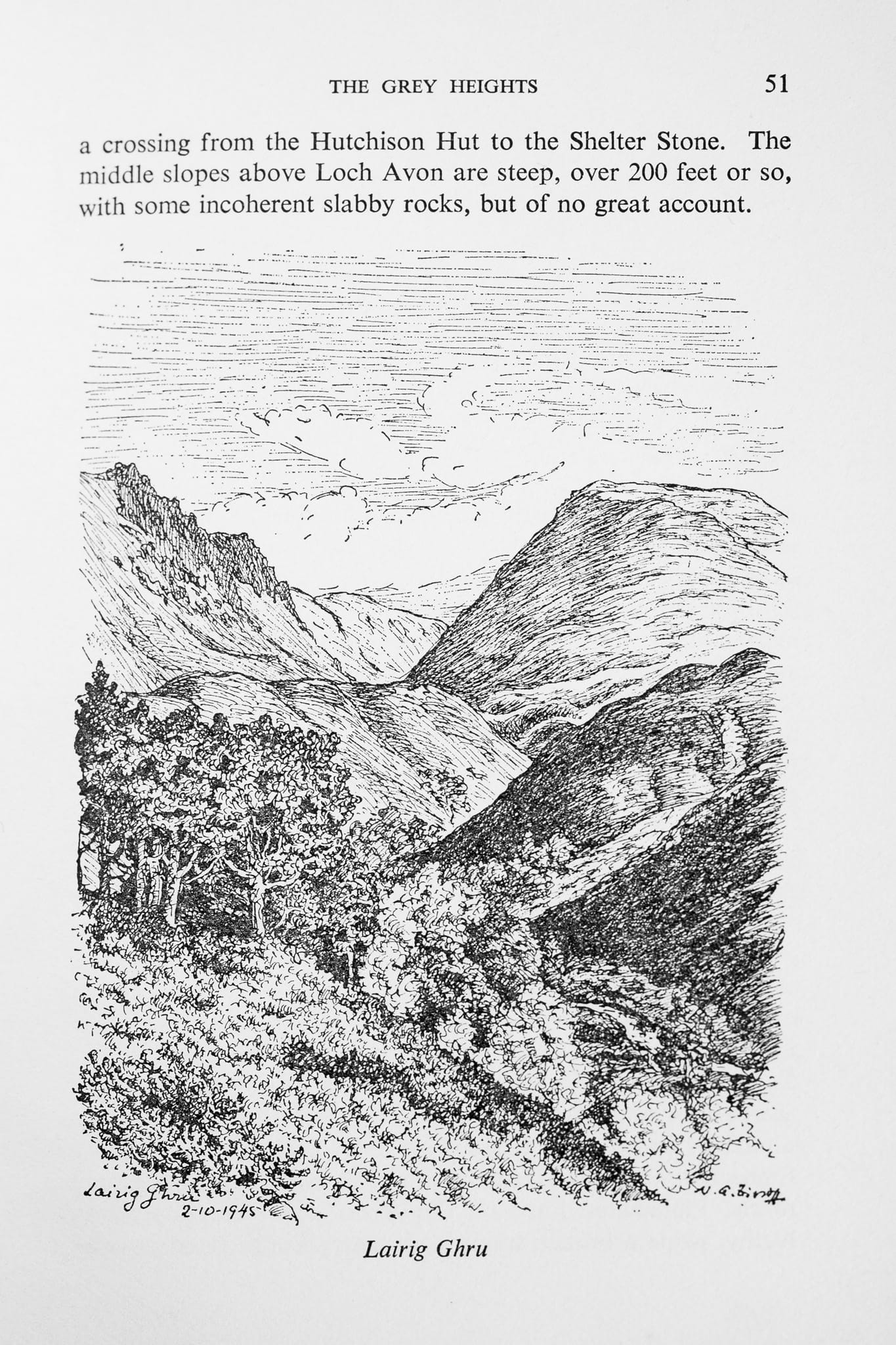
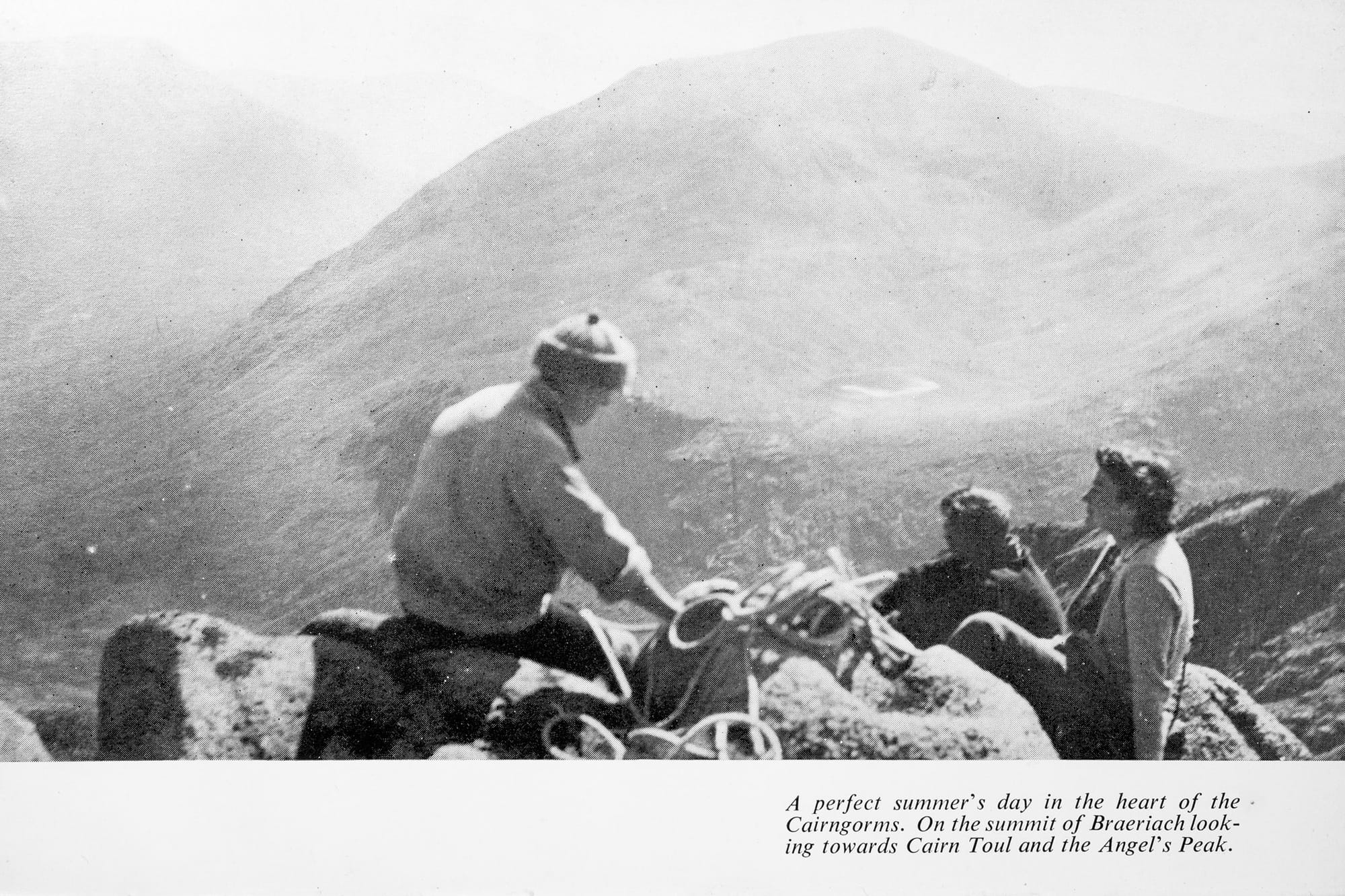
🔨 Blood in the Machine, Brian Merchant
I'm still digesting (but have almost finished) this absolutely essential read for anyone who wants to understand the modern world. A quote I scribbled down in my notebook:
True Luddism was about locating exactly where elites were using technologies to the disadvantage of the human being, and organising to fight back. This is an important point: Luddism can and certainly did exist with technology, and even a love of technology.
Magazines
I'm digging into this new print journal of adventure stories and finding much to enjoy as well as think about here. One early standout piece is 'Fabric of Life' by Stephen Kersh, pondering how chance events and connections (especially outdoor ones) can change us:
It can be impossible to understand the meteoric impact of art on your life until years and years have passed and you have some sort of "A-HA-it-was-Murakami-this-whole-time!" moment. These things rattle around our subconscious, providing subtle hints and direction towards other interests and pursuits. [...] I don't think those seminal moments are ever more clear than when they happen outside.
This, right here, is what we believe in.
Online
🥾 The invisible cost of staying dry
Is a truly sustainable outdoor gear industry possible? And what would that look like? Because right now we have a lot of greenwashing and a few tentative steps towards genuine sustainability, but few real answers. Absolutely top work here from Em Hartova.
Technical outdoor clothing is the ultimate paradox — synthetic, fossil fuel-derived materials, sold as a necessity for stepping outside. An industry built on the belief that to experience nature, we must consume it.
🥾 Yeah, but what's in it for me? Why I don't think outdoor brands should be in charge of community
In a similar vein to the above, Immy Sykes has articulated something I've felt for quite a while. Another example of the superb critiques of the outdoor industry I've been seeing on Substack recently.
I realised that at some point along the way, we’ve started outsourcing both the concept of and responsibility for community development to brands.
It all becomes transactional. We all have competing demands for our time and attention now, and we should be forgiven for living in a society that requires so much from us. But in a world where you don’t have the headspace for messy social interactions, isn’t it convenient how easily community can be bought and sold, can be clicked and received through the letterbox?
Community, when it is real and genuine, is highly resilient and is based wholly on reciprocity, which often means doing things you might not want to do to help others out. It isn’t tangible, but reliant on messy, complex and nuanced networks that tie a vast swathe of people together through shared knowledge and support.
Tip of the hat to TF, a reader I've interacted with many times over the years and a fellow lover of analogue photography. You might recall a few newsletters back I linked to a piece about a Romanticism revival, and expressed an opinion that perhaps this had a place in the new outdoor counterculture. Following a conversation in the comments, TF has penned a response to this view.
Although I think my definition of Romanticism is broader than his, and I don't entirely agree that it never went away in outdoor culture, he does raise points I hadn't considered. Was Romanticism always inherently selfish, naive and adolescent? Can a new Romanticism coexist with more enlightened (pardon the pun; I couldn't resist) attitudes towards land, nature, humanity, 'wilderness', climate change, and our place in all this?
TF's blog post has spawned a new avenue of reading and research for me. This, I think, is the web at its best: a frank and good-faith exchange of viewpoints and ideas.
A few choice quotes:
[...] we continue to confuse aesthetic preferences with genuine environmental concerns
Rewilding has taken the romantic idea of wilderness and human-non-belonging to a new level; on basic level rewilding is just a marketing term for depeopling, it all hinges on the idea that if only we take the humans out of nature, it will reach the putative ideal state.
The fundamental problem with all of this, and why it matters to me so much, is that it is not possible to build a viable ecological model based on this understanding of nature for a world with 8 billion people in it.
More on the Outside magazine implosion. Quality storytelling, nurturing the ideas that matter, developing genuine community, passing on things of substance and value: these are what should drive media, and especially adventure media. But they aren't compatible with tech-oriented business models. We need to break away from this parasitic economic system.
“To hit Thurston’s goal numbers, the core of the business—the media brands—would have to transform from slow-growing, audience-driven outlets into high-growth machines,” wrote Caley Fretz, a former editor of cycling tips at Outside Inc.
“They’re doing it because they’re trying to survive, and I feel a fair amount of empathy for that situation,” Fretz said. “But I don’t have much empathy for the decision to build a tech company on top of a dozen different print magazines.”
Thurston’s use of the word “content” in his reply—“we are working to build a viable, healthy business that supports the content our audience loves”—stood out, suggesting that he views magazine writing as leverage to sell a product, Peruzzi told me, not journalism with value of its own.
💾 The 7 writing apps I used to start and finish my book
Usually I avoid pieces like this from The Verge, but it's refreshing to see tech media embracing the idea that in order to do the work you have to actually do the work – and that there are never going to be any easy shortcuts to good writing.
Just as Microsoft Word was designed for business memos, the incentive of AI-generated writing is to produce copious amounts of banal web copy or cheery emails. I’m not interested in using AI to generate any of my work because, frankly, I like doing the work. Making art, as Ted Chiang has argued, is a series of decisions. The convenience of AI is that it makes decisions for you. But then, really, what is the point of writing if you let something else do it for you?
A workflow is for getting things done efficiently. Embracing mess is how you write a book.
I've been a subscriber to JoJo and Barrie (aka Feasts and Fables) for several years now, ever since I first met these lovely people at a Sidetracked event in 2021. Recently I subscribed to their newsletter on Substack as well, and I'm really glad I did! Nobody does this kind of roundup email better.

That's all, folks
If you like what you've read, please subscribe to receive updates in your inbox – or add my feed to your RSS reader. If you prefer to read on Substack, you can subscribe at alexroddie.substack.com. Thanks for your support. And if you've enjoyed what you have read, please tell someone else about it!
All images © Alex Roddie. Images produced using a camera and free of AI contamination. All Rights Reserved. Please don’t reproduce these images without permission.
Alex Roddie Newsletter
Subscribe here to receive my occasional personal newsletter in your inbox. (For the fun stuff, please consider subscribing to Alpenglow Journal instead!)


